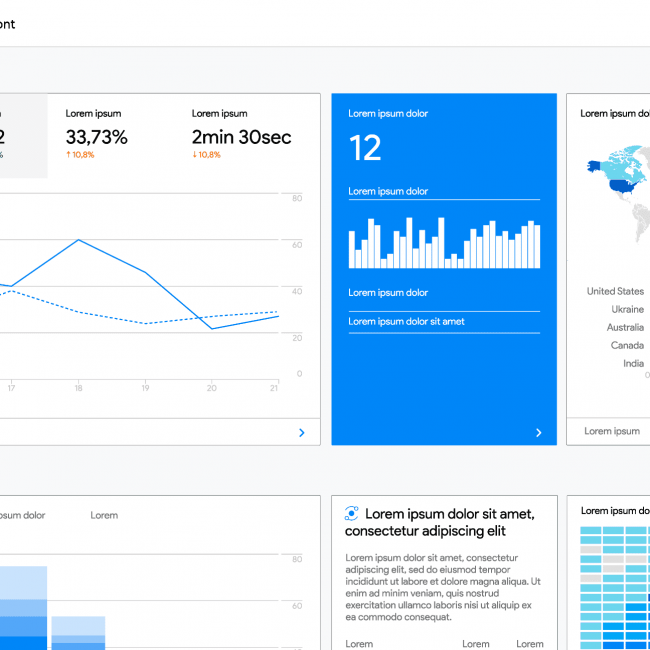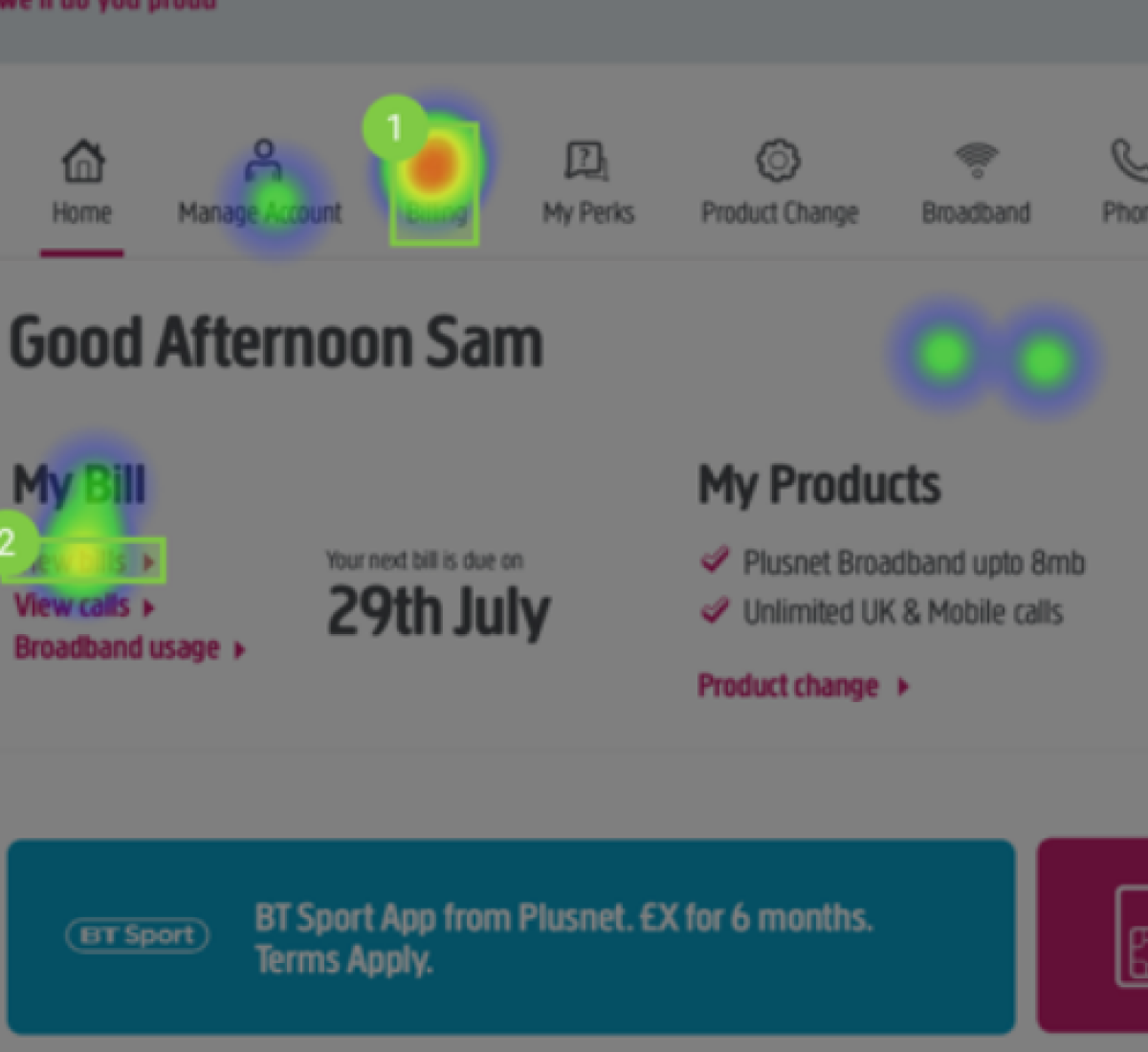Clearfront
Contact
- +44(0) 20 8798 3696
- hello@clearfront.co
- Pepper House, 1 Pepper Road, Hazel Grove, Stockport. SK7 5DP.
Maybe your website isn’t performing as well as you like or you are simply wanting to give your visitors a better experience.
Before you decide how far you want to go with either a website redesign or website improvements you first have to consider the end benefits.
The following list may warrant making smaller changes than originally expected or applying some associated services:
Smaller incremental changes could be enough to resolve some issues. Associated services like conversion rate optimisation could be answer to helping you increase sales conversions.
Establishing how many changes you need to make may dictate whether you are undertaking some updates or a full redesign.
Most agencies and marketing departments don’t consider risk mitigation within their creative processes. This can be a problem when it comes to redesigning a website.
Understanding your risk exposure can be done by thinking about the number of individual changes that are made during the redesign process.
For a full redesign you will likely need to change the site-wide layout template, navigation, imagery, page headlines and copy, form layouts, and many more.
In almost all cases the discussion about risk-mitigation doesn’t happen with an agency or internal team.
From experience a lot of marketers go into a redesign without a process in place to test every element that is being changed. No system exists to monitor and justify those changes against key conversion metrics.
Avoiding risks associated with website redesigns can only be done with a well executed conversion optimisation strategy in place. The strategy requires understanding the target audience, testing hypotheses for increasing conversions, setting up A/B testing, and analysing data insights to make informed changes.

Testing changes before and after launch are critical for today’s online marketer. The risk of making substantial changes without first investigating their impact would be too great for well established websites.
The truth is that dramatic full website redesigns are dangerous for most companies.
A less risky approach involves a process of testing with incremental (and often dramatic) improvements in smaller phases. By having a better understanding of your target audience and a clear goal for each page of the website you will be able to prioritise the changes accordingly. This approach results in a better visitor experience and results versus the traditional throw the baby out with the bathwater approach often taken by traditional marketing agencies.

There are many good reasons why smaller, targeted website changes are better than a typical big bang redesign.
The traditional approach leaves your website eventually lacking in-between major redesigns. But with continual smaller improvements your website can be kept one step ahead of the competition.
Continual smaller improvements essentially uses conversion rate optimisation principles to redesign your site.

By making targeted changes to areas of the website based business priority and analytical data you eventually guard against the risks associated with the traditional website redesign. There is no big bang and all changes can be effectively measured and tested.
As you are continually updating and learning from smaller website updates you will be able to stay ahead of the competition as industry changes slowly start to effective their business. Because you can quickly adapt and change you won’t be effected the same as your competitors who might still be a few years away from their “Epic Website Redesign”.
Continual A/B split testing, user testing and data analysis will ensure that all changes are effective when they are made live. Rather than relying on the gut-feeling or flawed intuition of an agencies creative team. You can be assured that you are making the decisions based on solid testing and data.
Areas you should be testing:
If you would like to find out more about a making smarter website changes that don’t require a epic redesigns and allow you to start seeing the benefits a lot sooner please get in touch.


